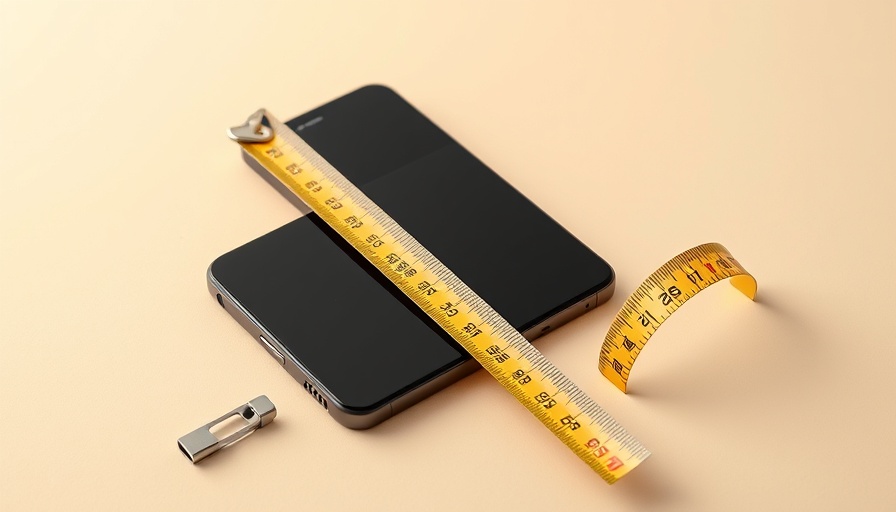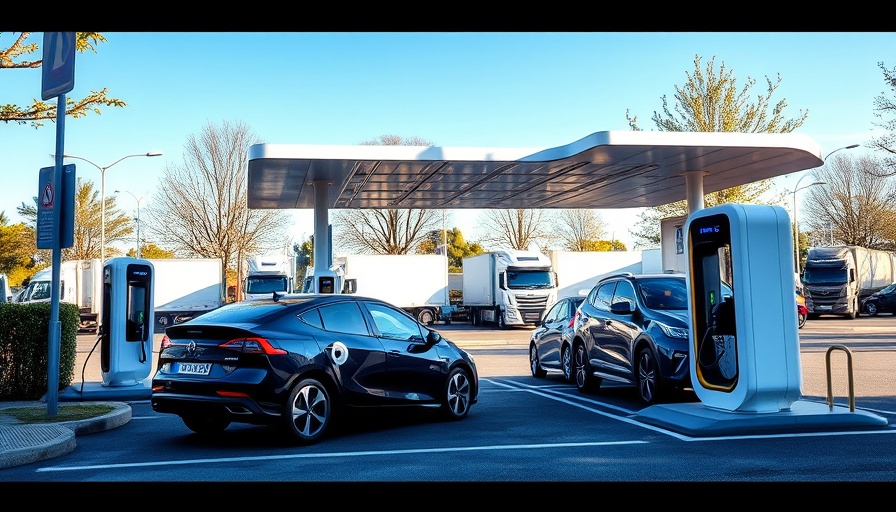
Why You Should Consider Switching Away from Black Plastic Utensils
How bad could one or two utensils used for just minutes a day actually be? Surprisingly, this is a risk that may not be worth taking. In the realm of kitchenware, black plastic utensils, often thought harmless, harbor potential health risks that many are unaware of. As research unfolds about the materials we use in our kitchens, the push to switch to safer alternatives becomes more compelling.
The Hidden Dangers of Black Plastic
While most consumers might feel reassured given their favorite black spatula came from a reputable store, the reality is that many of these utensils are made with questionable materials. Black plastic kitchen utensils are frequently crafted from polypropylene or polystyrene combined with an additive known as “carbon black.” This deep, dark color conceals more than just aesthetic imperfections—it can also hint at hazardous ingredients found within.
Experts warn that many utensils are produced using recycled materials, including components from electronic waste, which may contain harmful substances like brominated flame retardants (BFRs) and marine persistent pollutants. These materials can leach into food, especially when cooking with high heat or acids, creating toxins that are absorbed into our meals.
What Research Says About Health Risks
Recent studies reveal that exposure to the chemicals found in black plastic can lead to serious health issues, including neurological problems, hormone disruptions, and immunity suppression. According to toxin expert Dr. Paul Savage, cooking with black plastic utensils significantly heightens the risk for these chemicals to migrate into food. As consumers grow more health-conscious, understanding these risks becomes crucial.
Even children aren’t safe, as the heavy metals often present in black plastic can impact brain development and lead to long-term health issues. With plastics universally known to shed microplastics, the accumulation of such particles in our food adds another layer of potential risk, prompting a reevaluation of this kitchen staple.
Safer Alternatives to Black Plastic
Fortunately, there are various safe and sustainable alternatives on the market. Consider wooden utensils, silicone options, or steel kitchen tools that not only ensure safety but can also elevate your cooking experience. While these choices may come at a higher initial cost, investing in quality utensils ensures healthier food preparation and longevity in your kitchen.
By switching to non-plastic options, you also contribute to reducing plastic waste, an increasingly urgent issue in our world. Sustainable living is not just a trend; it's an essential lifestyle change that benefits both our health and the environment.
Conclusion: A Simple Yet Impactful Step
The shift away from black plastic kitchen utensils may feel daunting, especially when some pieces hold sentimental value. However, prioritizing your health by eliminating risky kitchen tools is a small yet impactful step toward overall wellness. As awareness around health and sustainability grows, it becomes increasingly important to make informed choices about the materials we bring into our homes. Embrace the change and let your kitchen reflect your commitment to a healthier lifestyle!



Write A Comment